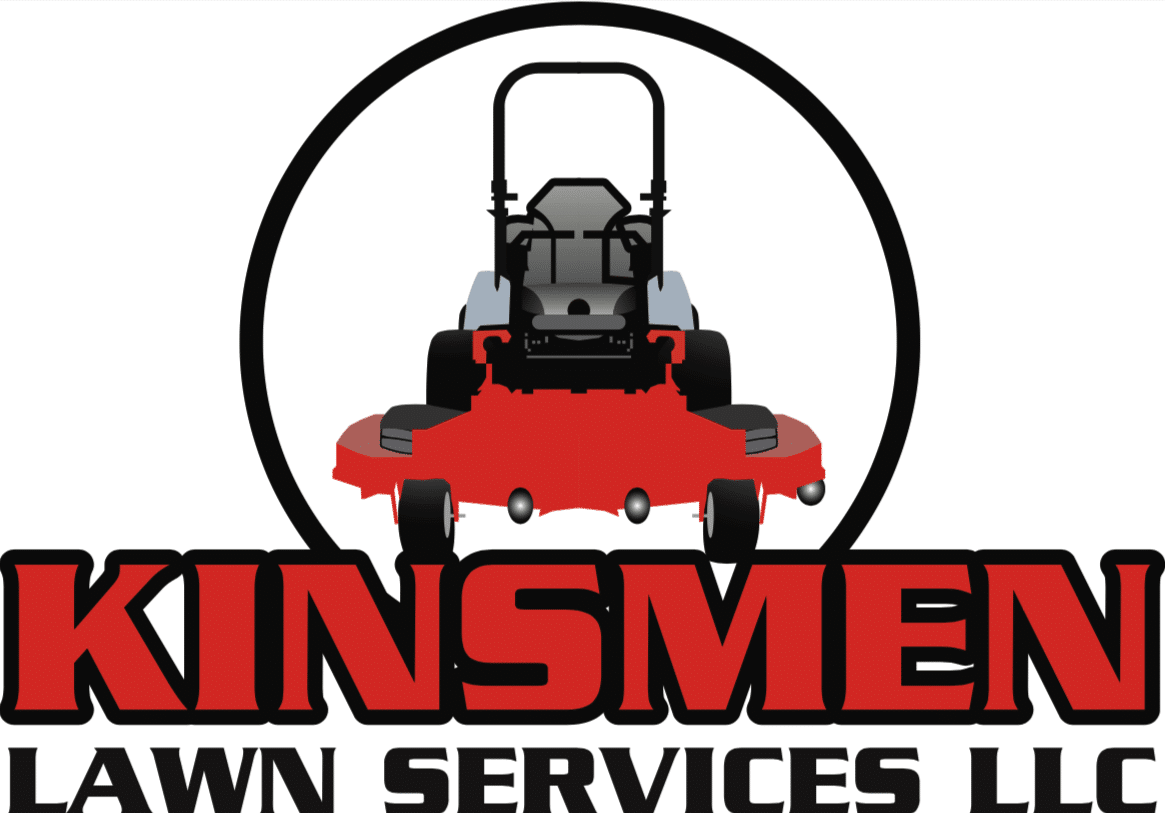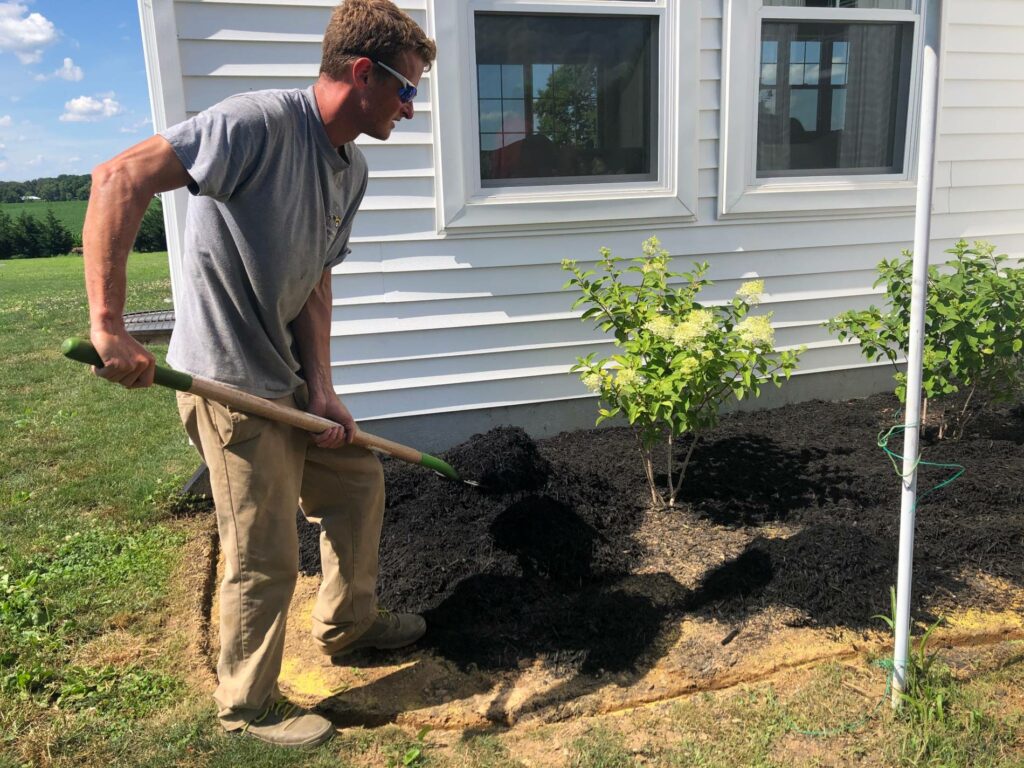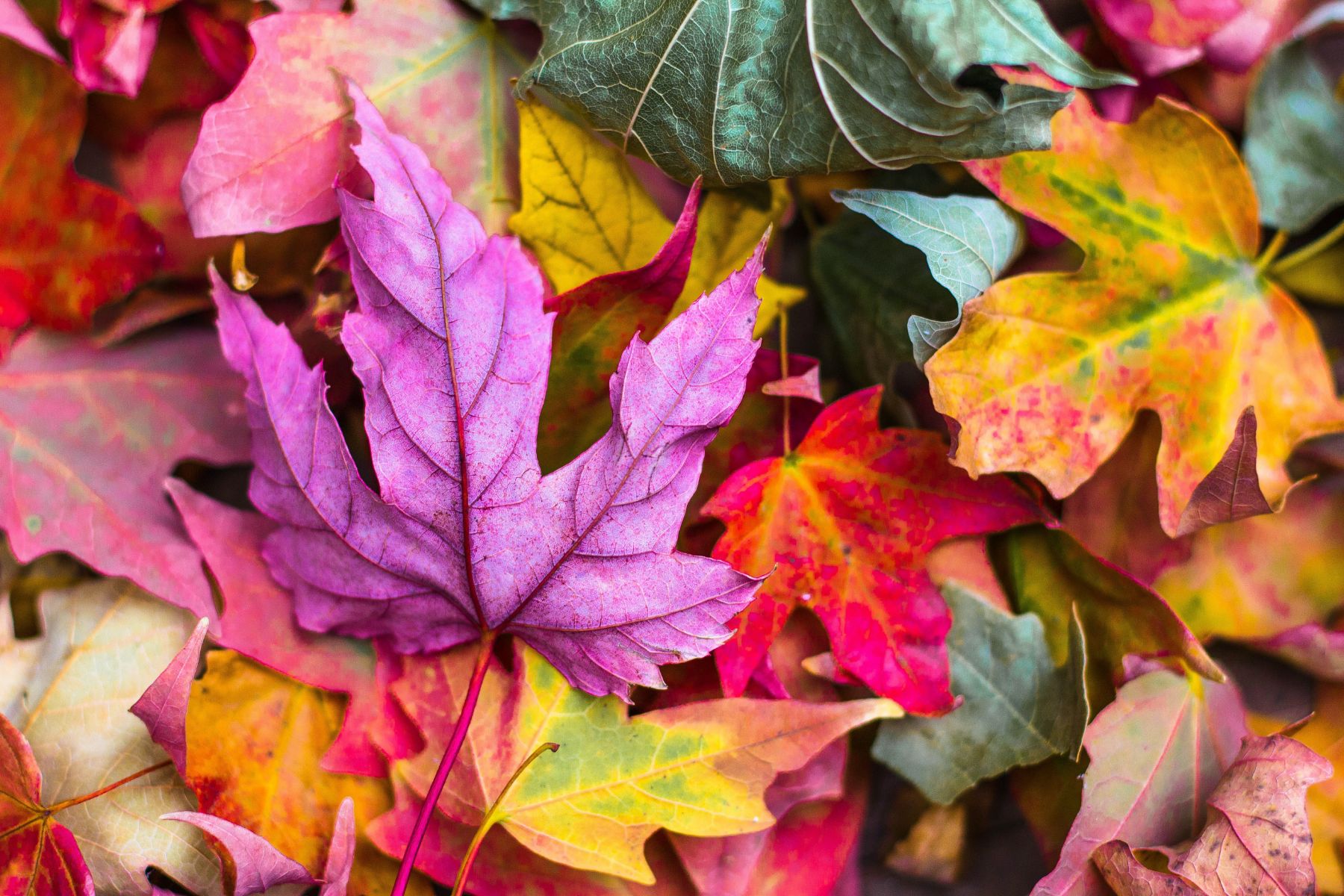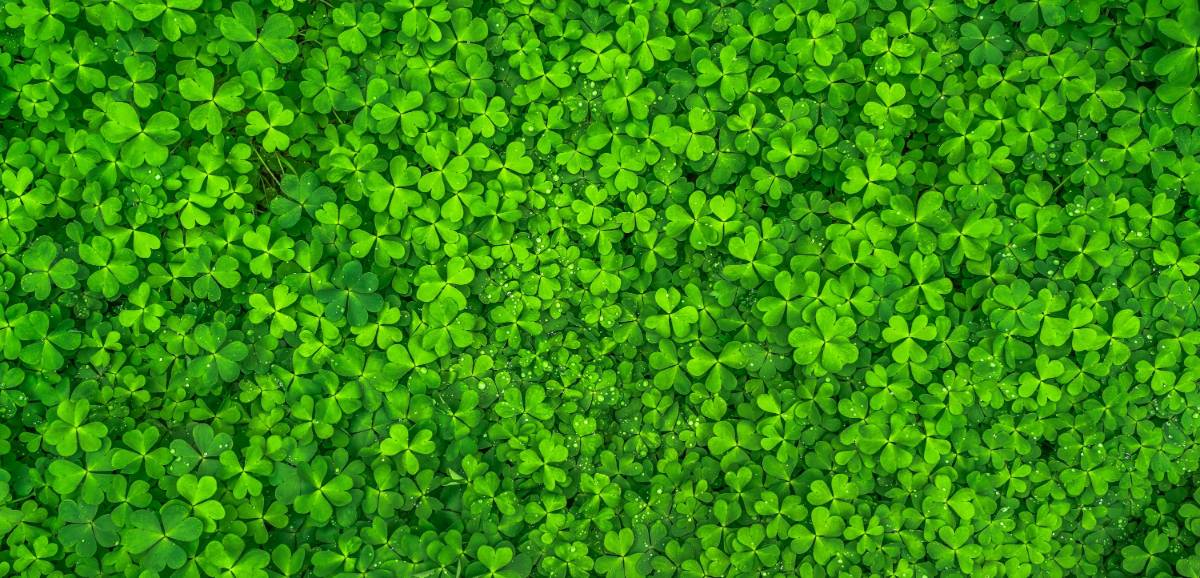Things getting a bit messy in your mulch beds?
Last month we mentioned having a lawn that draws envious glances from your neighbors because of your mad lawn care skills. Today, we’re showing the differences between a yard with a pretty flower garden dug out of a spot in your yard…
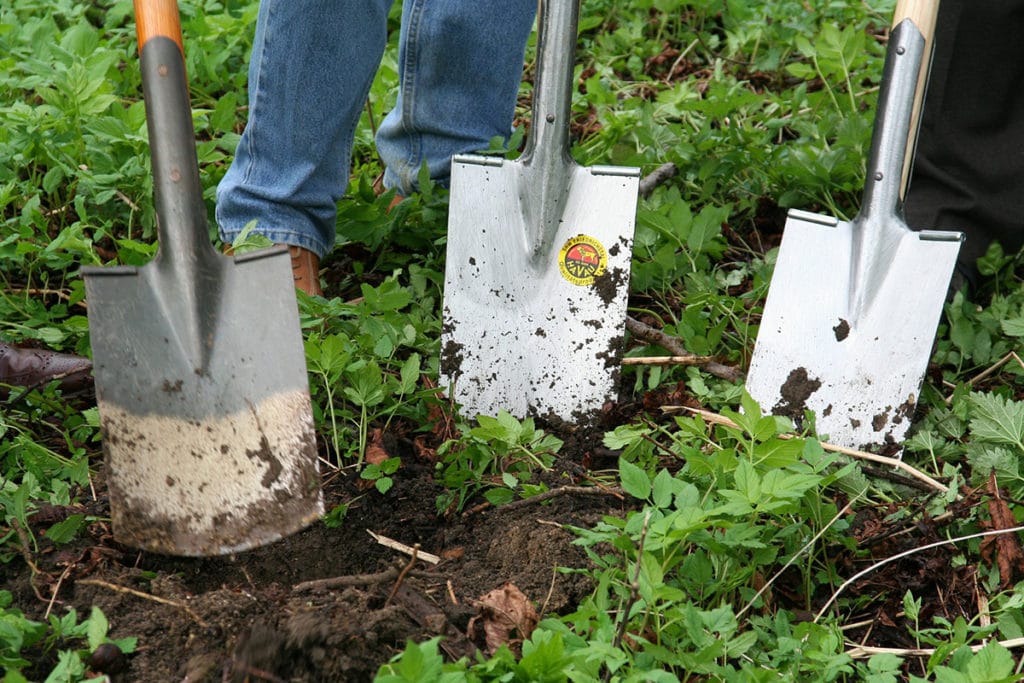
….and one specially designed to highlight and elevate your entire yard into aesthetic beauty.
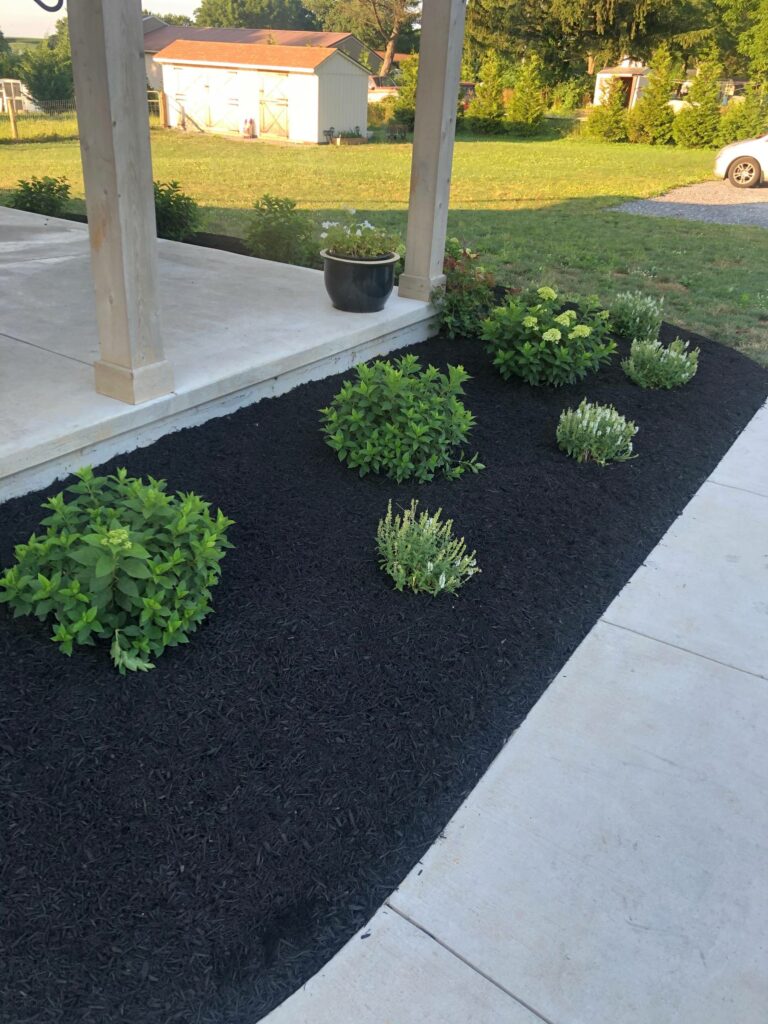
It all has to do with edging and mulching.
How to edge (in two easy steps!)
Edging is simply the technique of cutting into your grass in sharp lines to create a beautiful edge. It helps keep your yard looking fresh and pleasing to the eye, but even more than that it will help you extend the life of your plants saving you time and money.
- Slice into your turf repeatedly at an angle from one direction (facing the garden) until you’ve got your desired outline around the garden bed. Feel free to shape it however you feel is most pleasing and allows ample room for the plants to grow.
- Slice into your turf again from the opposite direction (facing away from the garden bed) to detach the grass clods. This V-shaped trench you created slows the migration of those pesky grass roots from infiltrating your garden bed as well as any mulch escaping and washing into your lawn.
Tips for edging
- Mark the edges of your garden and mulch bed (using string or a hose or even paint) to make sure you like the design before you begin. Make sure you keep in mind how it will affect the ease of your mowing later on.
- Dig around the edges to create an obvious elevation difference. It really helps with creating a polished, well-groomed look.
- Using a professional edging tool can be a great time-saver, but a regular flat-blade spade also works just fine. We use an edger to pulverize the roots of the grass and weeds to create a clean and distinct line that will enhance curb appeal – as well as keep those pesky weeds and grass from jumping into your nice beds.
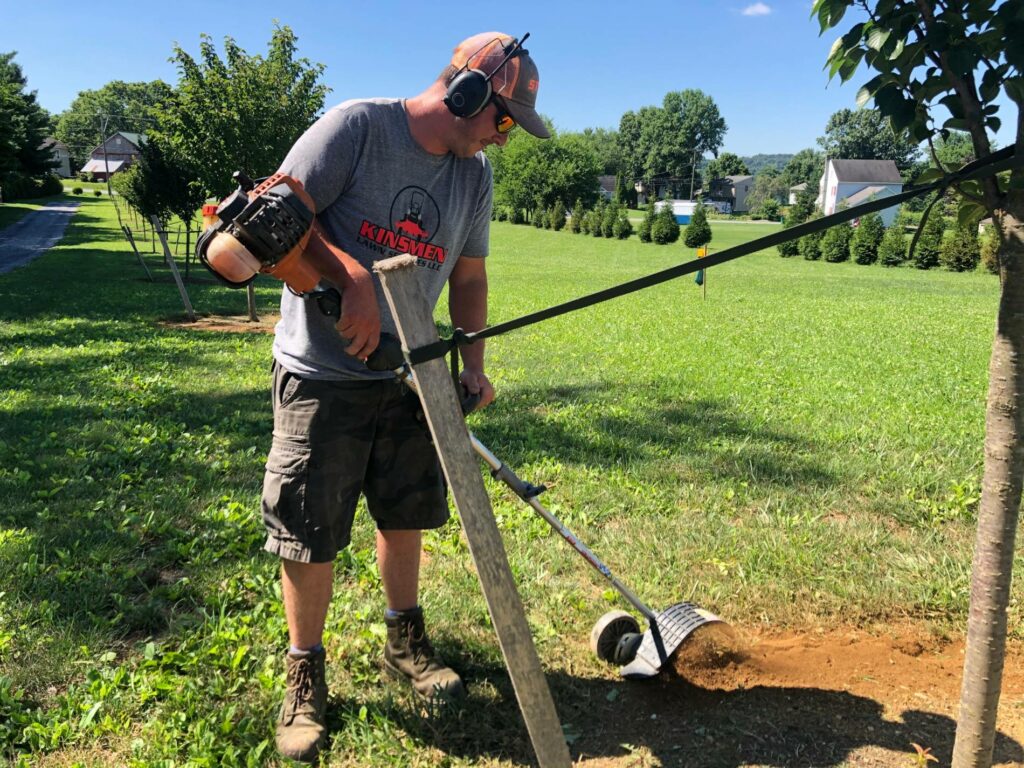
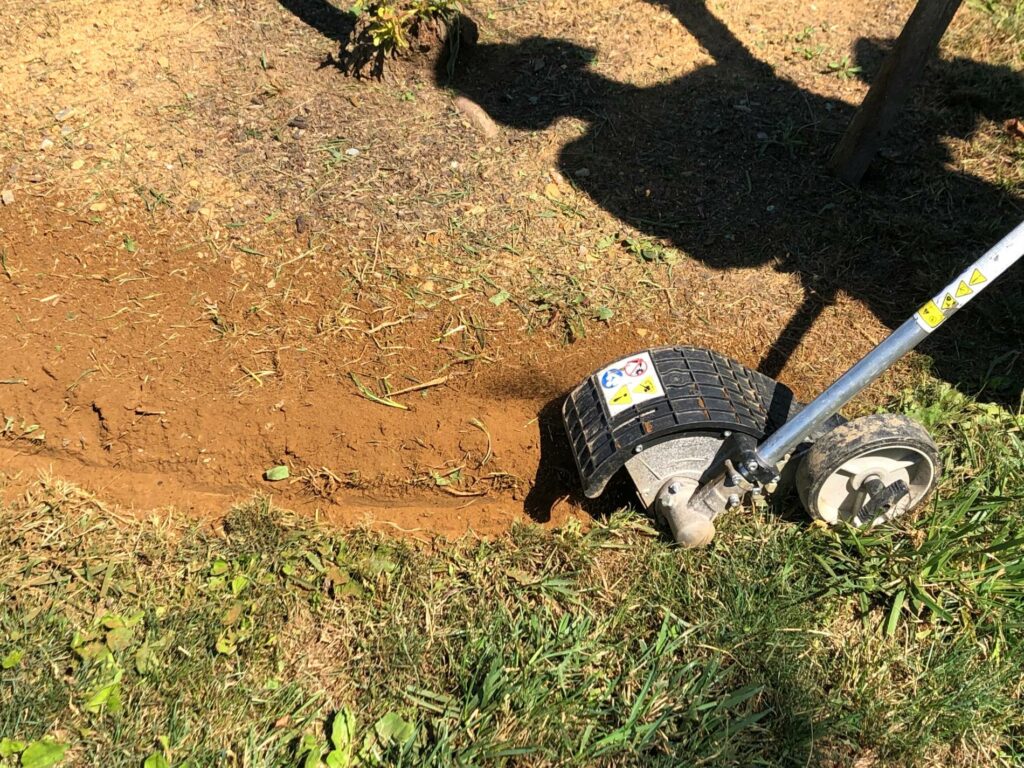
If you want to explore step-by-step instructions (with pictures) and some helpful tools to make your edging easier, check out these articles HERE and HERE.
Why mulch?
Aside from the aesthetic reasons (which are by no means unimportant), mulch helps your garden keep the moisture in the soil, holds weeds at bay, create natural aeration, and even contribute necessary minerals and nutrients back into the soil which only benefits your plants and flowers.
Three common mulches
Organic mulches are the best kind to provide the nutrients your plants need to thrive. These types would include anything that is “formerly living material.” The most common types of organic mulch are:
- Pine Needles: increase soil’s acidity which can be an exciting way to manipulate the color of various acid-loving plants.
- Grass clippings/leaves/sawdust: excellent for keeping weeds at bay
- Wood chips/bark mulch: most popular because they decompose over a longer period of time. You can select various dyes or natural options – as well as “triple shred” or nugget sizes. Basically, you want your mulch to break down into the soil by the next season – so you are not just piling more mulch on top of mulch – which enhances your soil quality too!
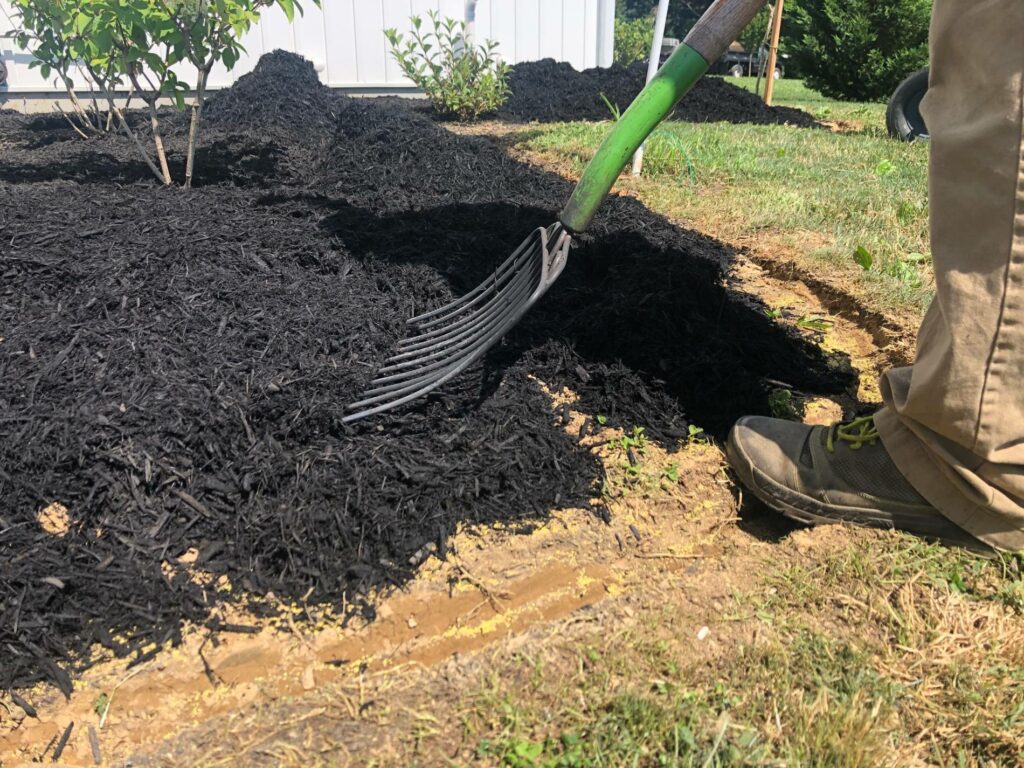
Tips for mulching
- Once you start the job, don’t stop until you’re done. Removing mulch and then not replacing it right away could potentially injure your plant’s roots by becoming excessively dry from being exposed.
- Two times to mulch: spring, after the winter thaw; and autumn, after the ground is frozen.
- Don’t mound the mulch! Too much mulch can lead to rot, disease, and insect issues with trees or shallow roots with plants which will make them die during long dry times. Keep an even cover of 2-3 inches across your beds for best water retention and weed prevention.
- The type of mulch matters. Use wood mulch for flower beds and around trees and use a lighter type (like straw) for your vegetable garden.
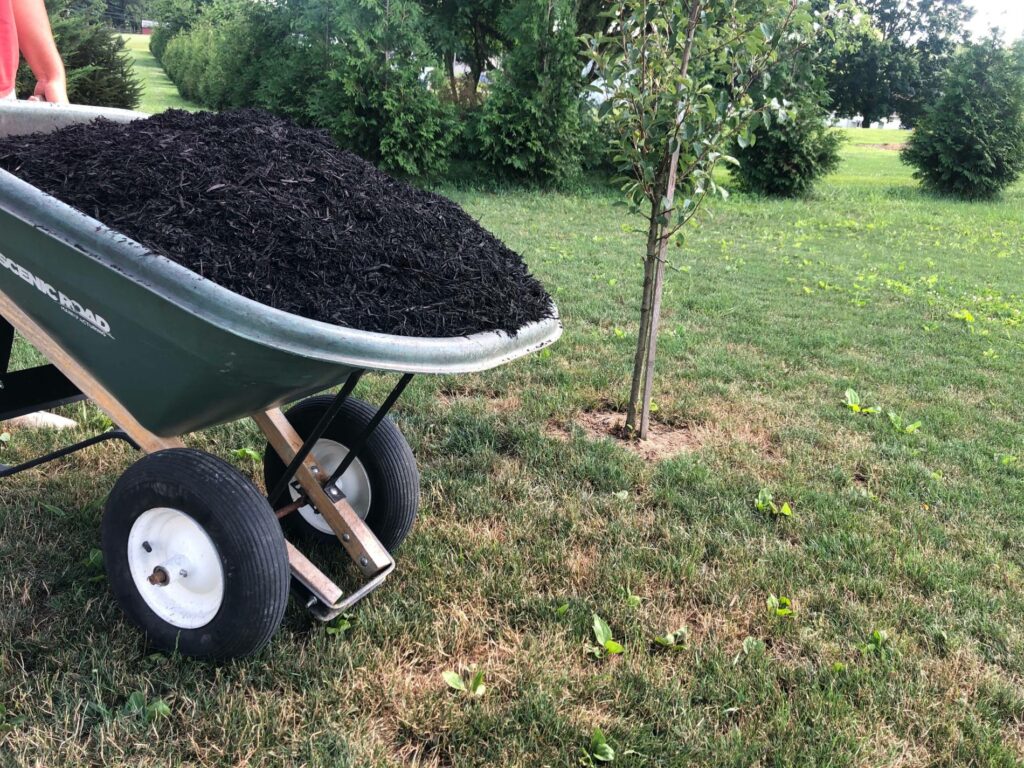
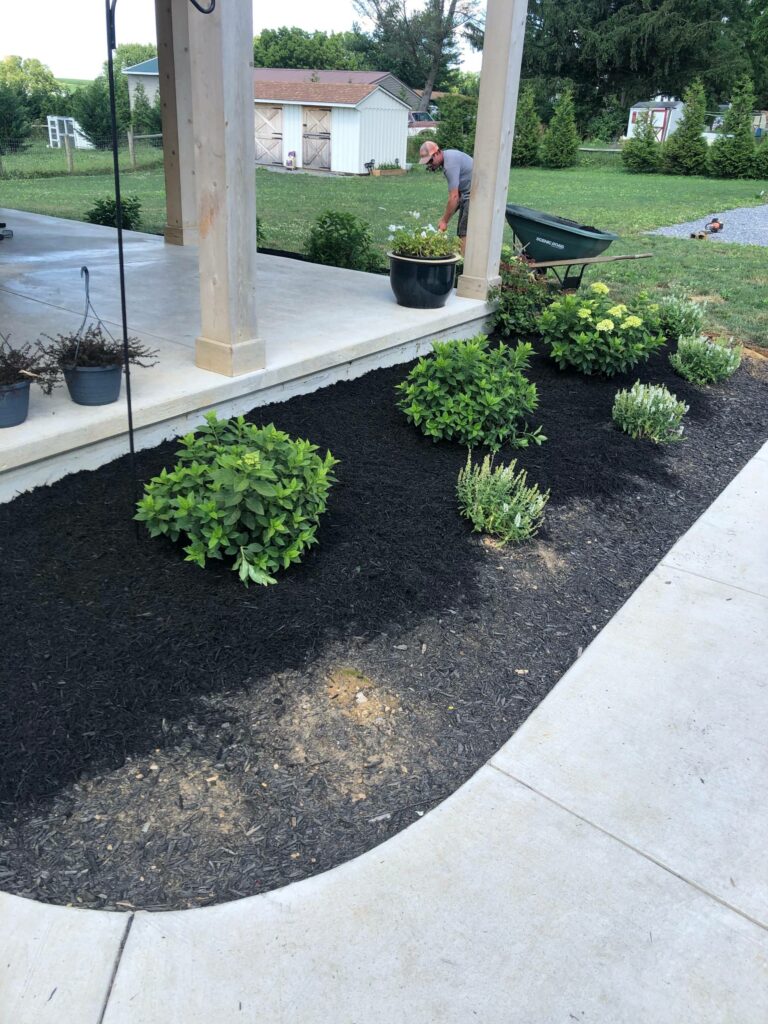
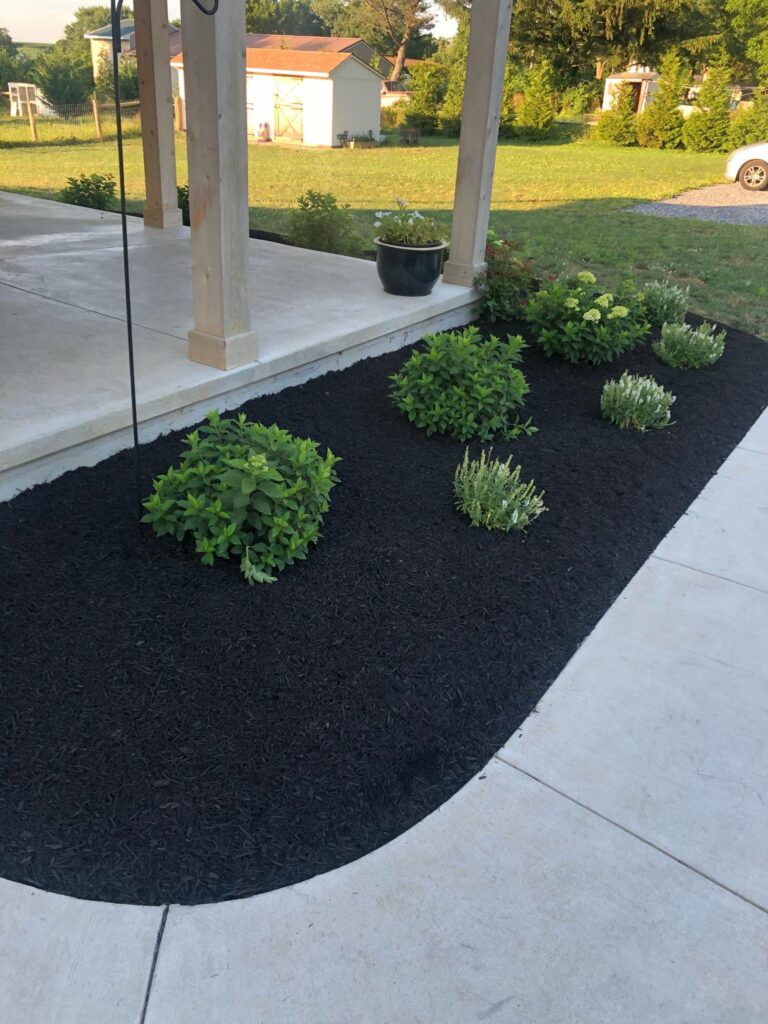
For step-by-step instructions, including a location from which to purchase various types of mulch, you can check this link out!
The END
At the end of the day, you want your yard to be a place that brings you joy. It’s about the satisfaction of seeing all the care you’ve shown your property come together to create a beautiful haven of thriving, beautiful plants.
We are eager to help you create a landscaping masterpiece that will last for years to come. Set up a FREE onsite consultation so we can work to make your vision a reality.
